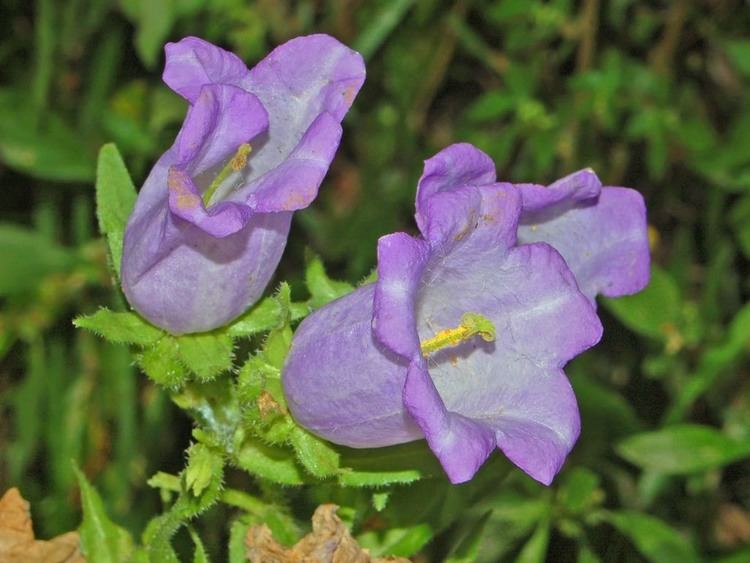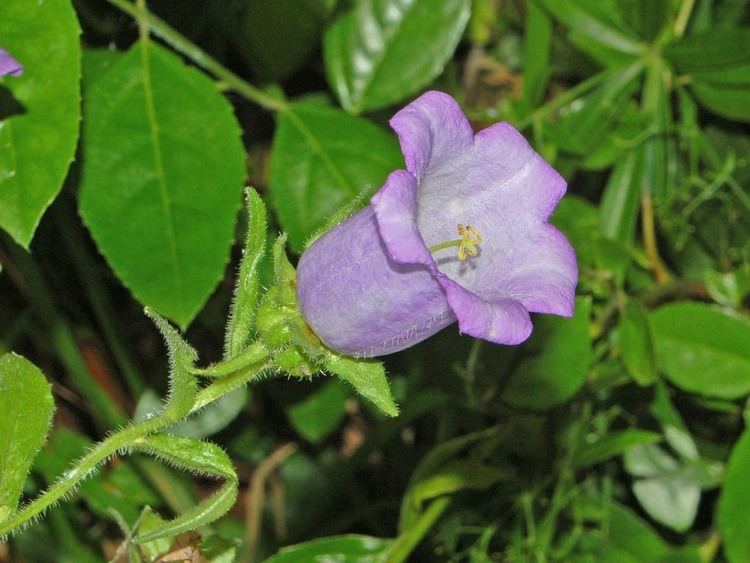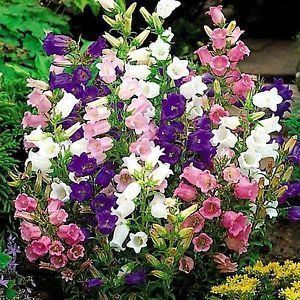Rank Species | Higher classification Bellflowers | |
 | ||
Similar Bellflowers, Campanula carpatica, Campanula persicifolia, Campanula glomerata, Campanula portenschlagiana | ||
Gardening tips flowers how to grow canterbury bells campanula medium
Campanula medium, common name Canterbury bells, also known as the bell flower, is an annual or biennial flowering plant of the genus Campanula, belonging to the family Campanulaceae. In floriography, it represents gratitude, or faith and constancy.
Contents
- Gardening tips flowers how to grow canterbury bells campanula medium
- Canterbury bells or campanula medium
- Etymology
- Description
- Distribution
- Habitat
- Gardening
- Uses
- Cultivars
- References

Canterbury bells or campanula medium
Etymology
The genus Latin name (“campanula”), meaning small bell, refers to the bell-shape of the flower, while the specific epithet (“medium”) means that this plant has intermediate characteristics in respect of other species of the same genus. In Persian, it is called گل استکانی (Gol-e Estekani) meaning "Glass flower", which refers to its glass shape.
Description

Campanula medium reaches approximately 60–80 centimetres (24–31 in) in height. This biennial herbaceous plant forms rosettes of leaves in the first year, stems and flowers in the second one. The stem is erect, robust, reddish-brown and bristly hairy. The basal leaves are stalked and lanceolate to elliptical and 12–15 centimetres (4.7–5.9 in) long with serrated leaf edge. The upper leaves are smaller, lanceolate and sessile, almost embracing the stem.
The flowers are arranged in a racemose inflorescence of extremely long lasting blooms. These attractive bell-shaped flowers are short-stalked, large and hermaphroditic, with different shades of violet-blue or rarely white. The corolla has five fused petals with lightly bent lobes.
The flowering period extends from May to July. The hermaphroditic flowers are either self-fertilized (autogamy) or pollinated by insects (bees, butterflies, etc.)(entomogamy). The seeds ripen from Aug to September and are dispersed by gravity alone ("barochory").
Distribution
Campanula medium originates in southern Europe. It is naturalized in most of European countries and in North America and it is widely cultivated for its beautiful flowers.
Habitat
It grows on stony, rocky and bushy slopes, at an altitude of 0–1,500 metres (0–4,921 ft) above sea level.
Gardening
In gardens, they are best in massed planting in borders or among shrubs. It prefers cool or warm zones; not suitable for the tropics or hot, dry regions. Seeds take 14-21 days to germinate. The plant thrives in lightly shaded to sunny locations in well-drained soil. Canterbury bells grows nicely in flower beds, borders, and containers. Keep well watered.
Uses
This flower works well cut in floral arrangements. Beekeepers sometimes use the Canterbury Bell for making potently sweet honey.
